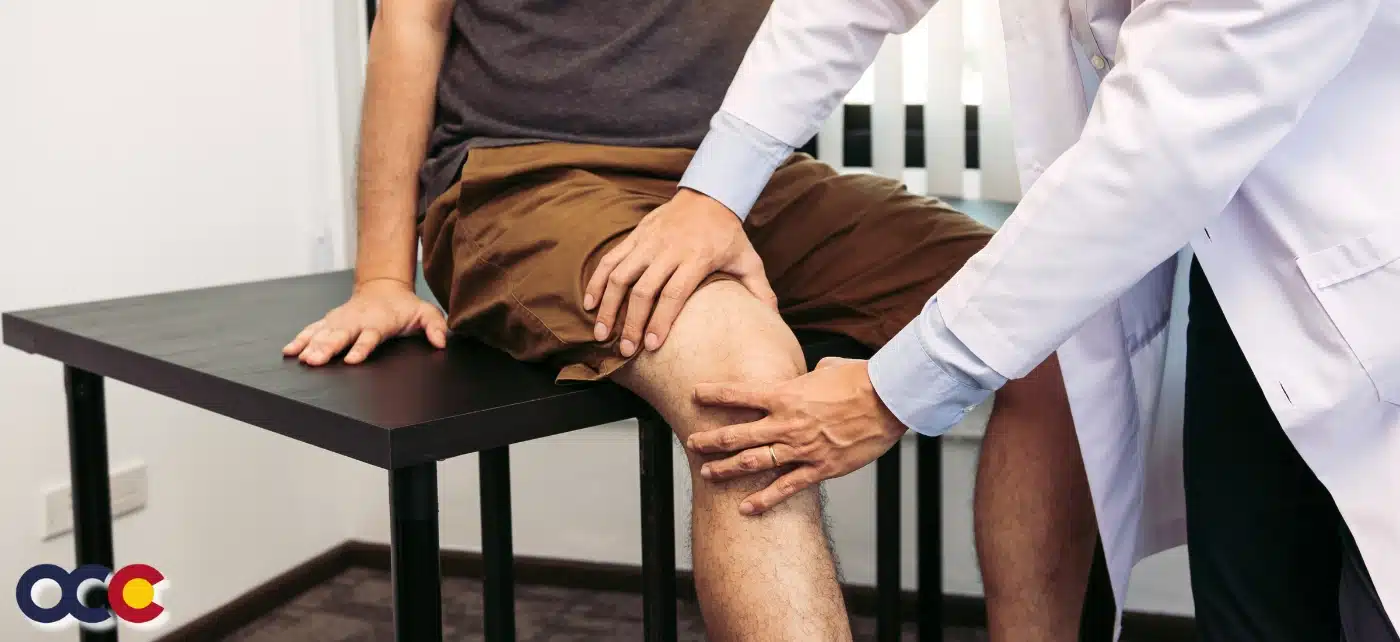At Advanced Orthopedics, we know that active lifestyles are a way of life in Colorado, and knee pain shouldn’t get in the way of your day-to-day activities or your fitness. There are multiple causes of knee pain and today we’ll answer 3 questions about one commonly damaged area: meniscus cartilage.
What are the menisci? They are two c-shaped cartilage sections that sit on top of the tibia – the lateral and the medial meniscus. The menisci play a pivotal role separating and cushioning your femur (thigh bone) from your tibia (shin bone). When a meniscus is damaged (or removed, if beyond repair), only the articular cartilage is left to protect your knee, but articular cartilage alone cannot cushion the movement long term and it becomes fragmented as is wears away. The result is the painful feeling of bones rubbing against the rough, fragmented cartilage – osteoarthritis.
If I tear or damage my meniscus, what are my options? The timing, severity and type of meniscus tears can greatly influence your options. If you are younger than 55, active, and have no damage to your articular cartilage, there are many options. In younger individuals, the peripheral third of the meniscus has a relatively good blood supply. Tears smaller then 5 mm in this area have the potential to heal on their own with appropriate rest and protection.
When surgical intervention is required, options include knee arthroscopy with either partial resection of the torn meniscus or repair of the torn meniscus. In situations where a portion of the meniscus is removed, new technology allows for the segmental replacement of that portion of the meniscus with a collagen meniscal implant (CMI). In the event that there is loss of the majority of the meniscus, another option – meniscal allograft transplantation – is an increasingly viable option as well.
How does meniscal transplantation work? Healthy donor meniscus cartilage called an allograft is harvested, frozen and reviewed for fit and viability. Once a match is determined, arthroscopy guides the procedure as the donor meniscus tissue is secured in the anatomically correct position in the knee.
What can I expect with a meniscus transplant? Expectations can be summarized in four key stages: procedure, recovery, rehabilitation and outcome. As with most arthroscopic procedures, meniscus transplants are often outpatient procedures. After the initial post-operative recovery, patients begin a very detailed and progressive rehabilitation process. The goal of the rehabilitation process is to allow for healing of the meniscus while progressively increasing motion and regaining strength. Due to the slow healing process of the meniscus allograft, patients can expect there full recovery to take up to 6 months. Successful outcomes are marked with pain relief, increased activity and prolonged knee function.
Meniscus transplants aren’t for everyone, but for qualified patients who adhere to the prescribed rehabilitation protocols and activity modifications, the outcome yields significant benefits. Meniscus transplants relieve knee pain and prolong the longevity of your knee while using the healthy donor meniscus cartilage to optimize your knee’s function and restore an active lifestyle. Ask your doctor if meniscus transplantation is right for you. Your specialist can guide you through the options and offer the most effective treatment to keep you AO active instead of kneeling down to pain.

















